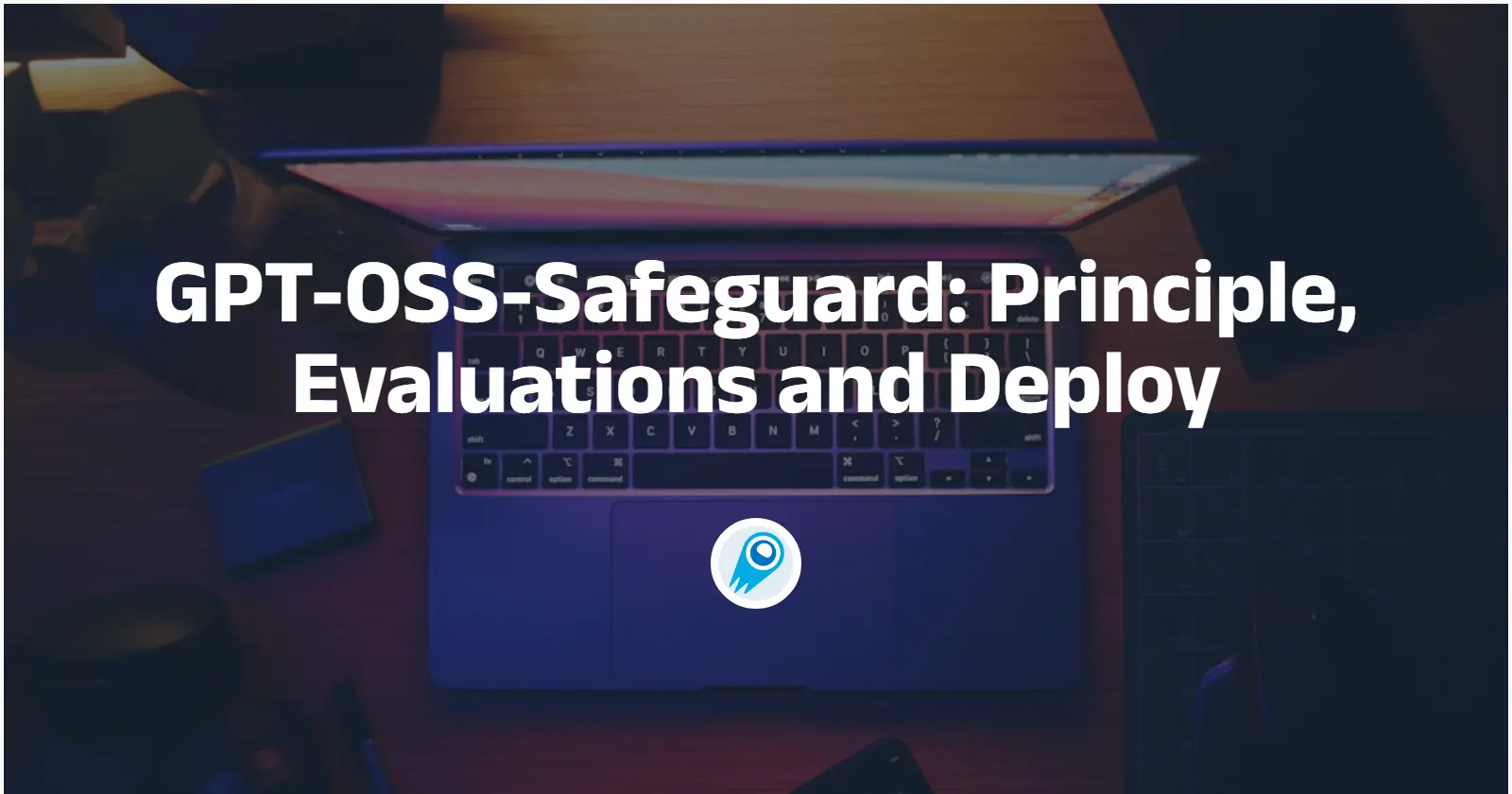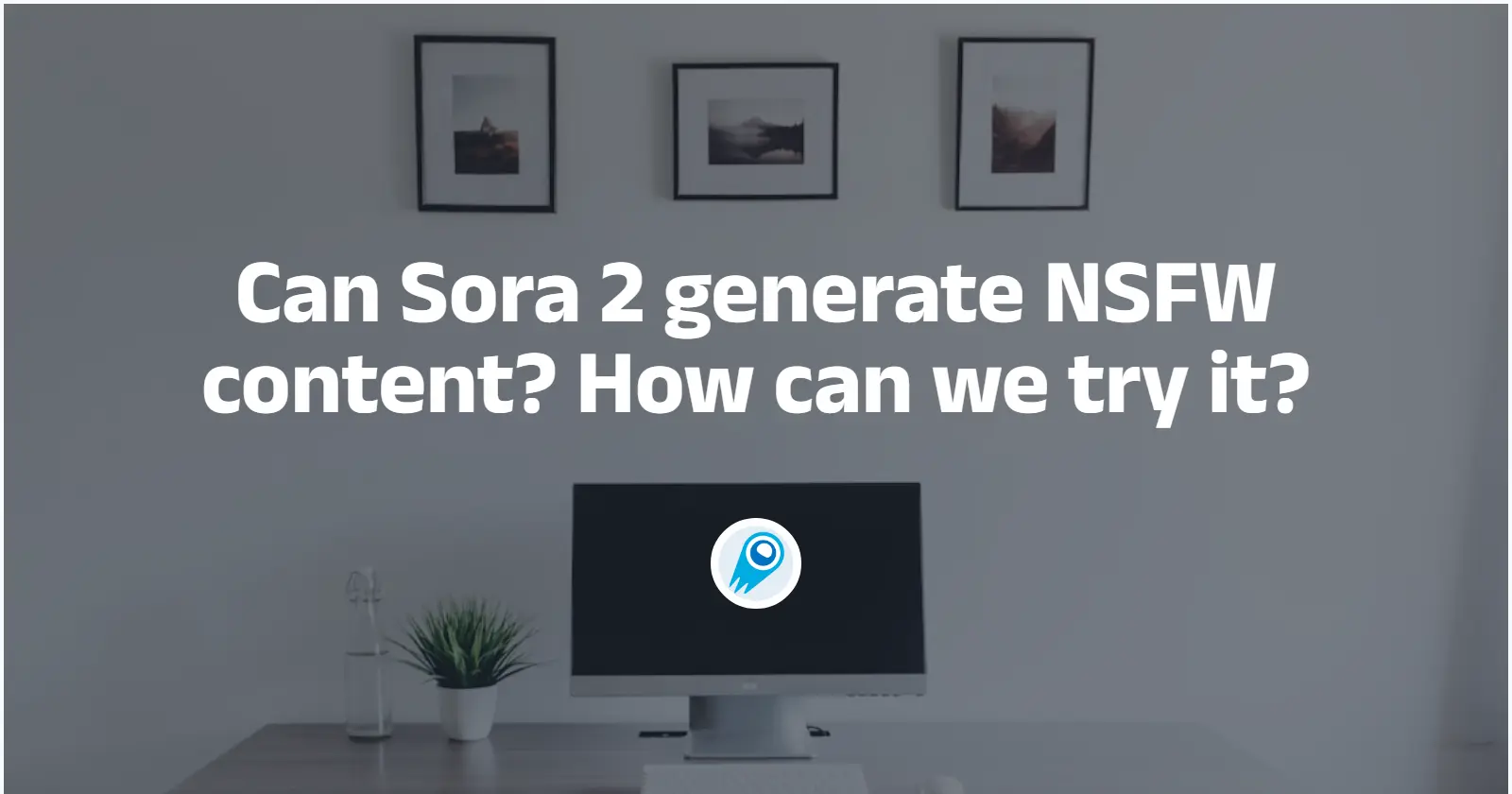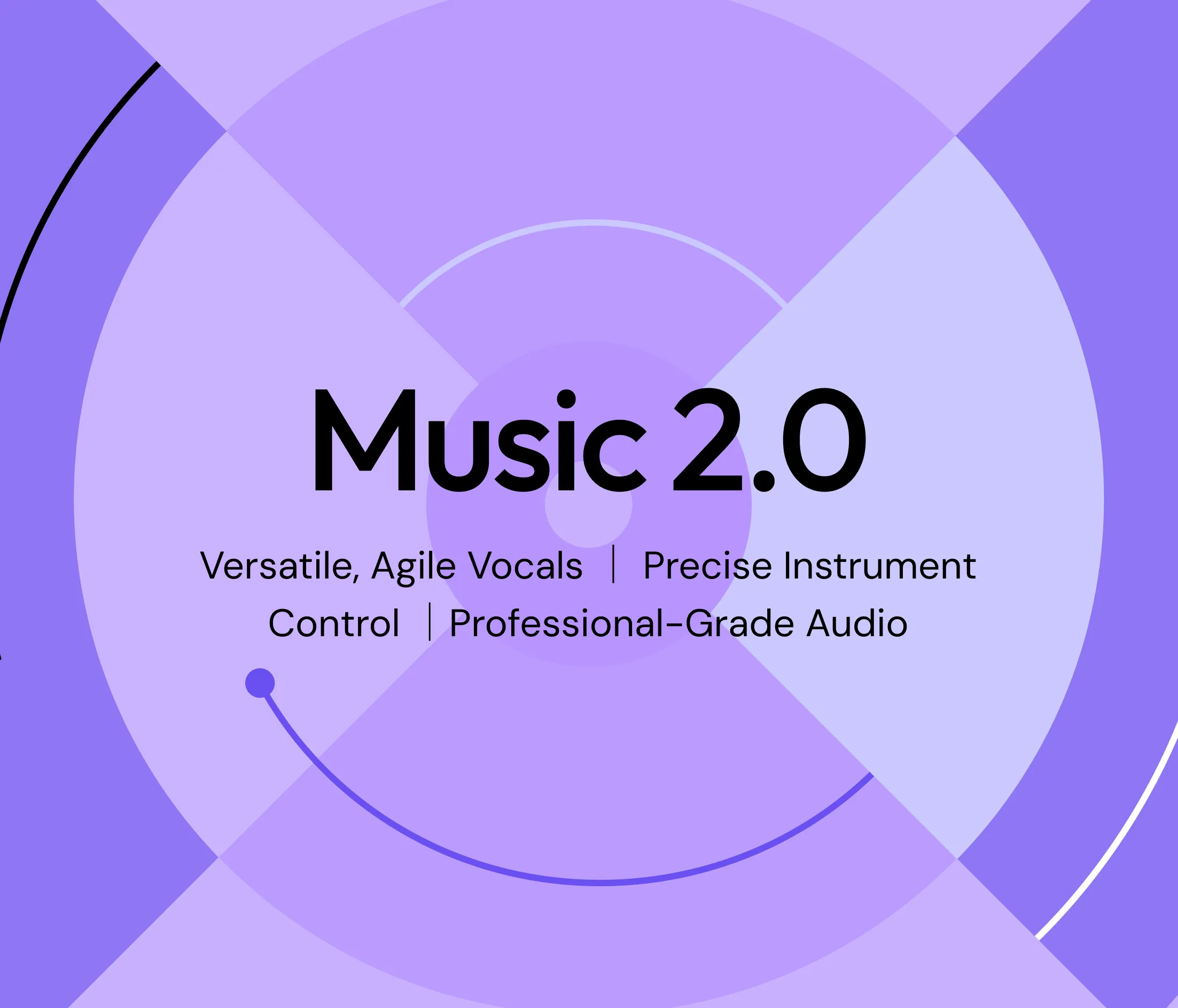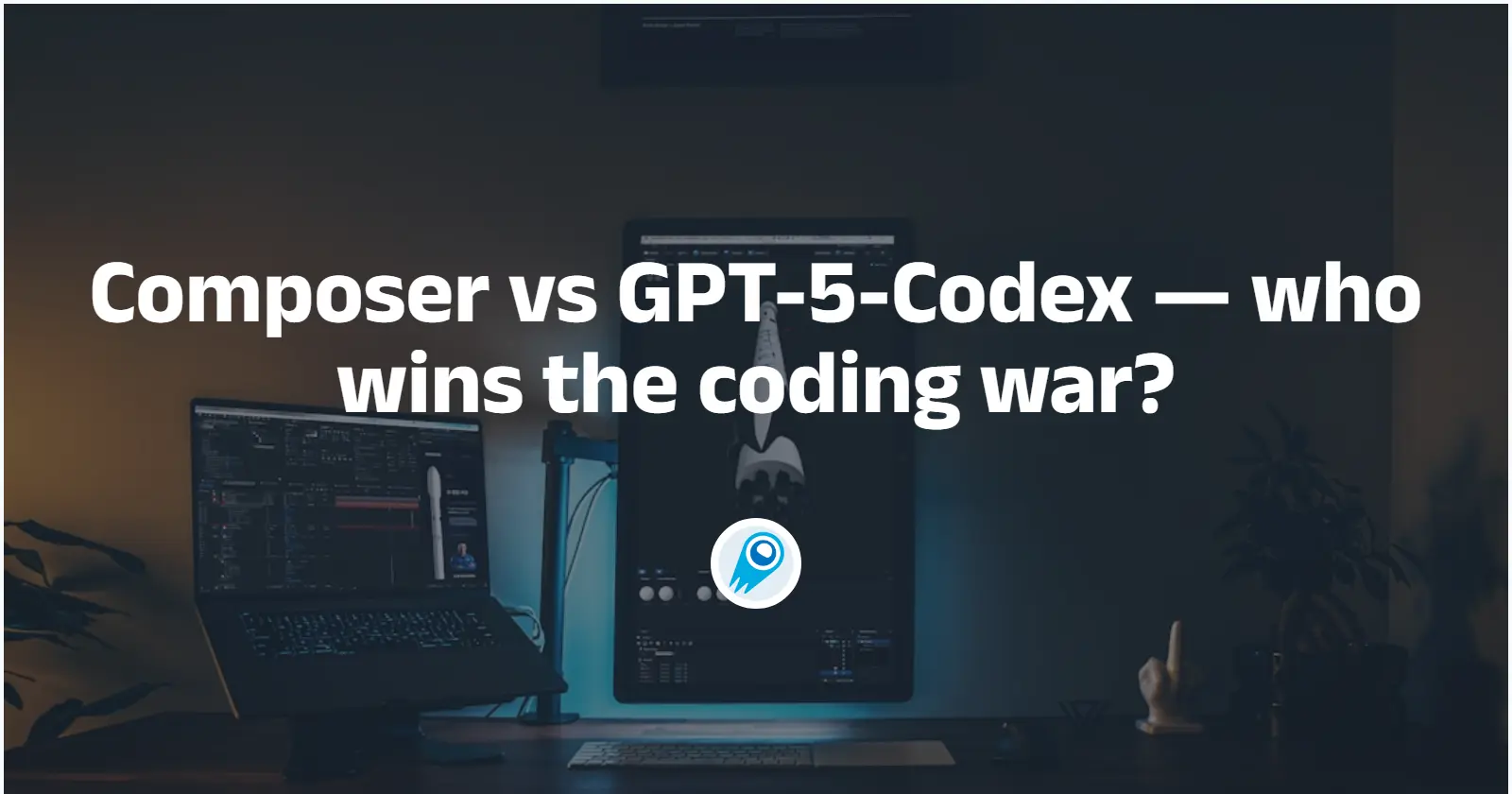Comet API Blog
The CometAPI Blog shares practical guides and updates on mainstream
AI models to help developers get started quickly and integrate them efficiently.
DeepMind pulled the curtain back on AlphaEvolve
Google DeepMind introduced AlphaEvolve in 14th May, a Gemini-powered AI agent that autonomously discovers and optimizes algorithms across both theoretical and practical domains. Key achievements include breaking a 56-year-old record in matrix multiplication, advancing solutions to open mathematical problems such as the 11-dimensional “kissing number,” and delivering measurable efficiency gains in Google’s own infrastructure—ranging from […]
A Comparison of Quotas for Users of ChatGPT restrictions in 2025
In 2025, OpenAI’s ChatGPT platform employs a tiered system of usage quotas—encompassing message caps, token/context limits, and access to advanced features—to balance user demand against infrastructure costs. Free-tier users encounter modest allowances for model interactions, context window sizes, and specialized tools, while paid subscribers enjoy expanded or near‑unlimited quotas, priority access, and enterprise‑grade capabilities. This […]
How Much does o3 Model Cost? What Developer Need to Know
In recent months, OpenAI’s o3 “reasoning” model has attracted considerable attention—not only for its advanced problem-solving capabilities but also for the unexpectedly steep costs associated with running it. As enterprises, researchers, and individual developers evaluate whether to integrate o3 into their workflows, questions around pricing, compute requirements, and cost‐effectiveness have come to the forefront. This […]
Grok 3 DeepSearch vs ChatGPT DeepResearch: A Comparative Analysis
Two offerings stand out for their ambition to streamline complex information gathering and analysis: xAI’s Grok 3 DeepSearch and OpenAI’s ChatGPT DeepResearch in the rapidly evolving landscape of AI-driven research tools. Both platforms aim to automate time-consuming research tasks, yet they diverge in architecture, capabilities, accessibility, and pricing. This in‑depth comparison combines the most recent […]
How to Set up Free Grok 3(CometAPI) in Cline
Grok 3, developed by xAI, represents one of the most advanced large language models optimized for coding, reasoning, and data analysis. Despite its premium integration on platforms like X Premium+, Grok 3 can be accessed for free through third‑party gateways. By integrating Grok 3 with Cline, developers gain access to powerful reasoning and code‑generation capabilities at no extra […]
How to Use Grok 3 for Free with Cursor
In the rapidly evolving landscape of AI-assisted development, xAI’s Grok 3 has emerged as a compelling alternative to industry titans, offering cutting-edge capabilities and novel research functions. Meanwhile, Cursor—the AI-first code editor—has moved decisively to integrate Grok 3 and Grok 3 Mini into its platform, making these powerful models accessible to developers without the steep […]
How is Sora trained?
OpenAI’s video-generation model Sora represents a significant leap in generative AI, enabling the synthesis of full HD video from simple text prompts. Since its unveiling in February 2024, Sora has sparked excitement for its creative potential and concern over its ethical and legal implications. Below is a comprehensive exploration of how Sora is trained, drawing […]
How to Access o3 Model? All You Need to Know
OpenAI’s o3 model represents a significant step forward in large-scale reasoning AI, combining enhanced deliberation capabilities with robust tool integrations. Since its unveiling in December 2024, o3 has been at the center of intense industry focus, with OpenAI describing it as demonstrating “genius-level intelligence” and pioneering new safety techniques. This article synthesizes the latest news […]
What can Grok 3 Do? Functional Details
Grok 3, xAI’s latest flagship model, represents a leap forward in large-language model (LLM) capabilities by combining massive compute resources, advanced reasoning, multimodal inputs, and real-time data access. Launched in mid-February 2025, Grok 3 builds on its predecessors with features designed for developers, enterprises, and end users across X Premium+, SuperGrok, and soon via an […]
How to Access Gemini Flash API with CometAPI
In the rapidly evolving landscape of generative AI, Google’s Gemini Flash Multimodality API represents a major leap forward—offering developers a unified, high-performance interface for processing text, images, video, audio, and more. Coupled with CometAPI’s streamlined endpoint management and billing controls, you can integrate cutting-edge multimodal reasoning into your applications in minutes. This article combines the […]

GPT-OSS-Safeguard: Principle, Evaluations and Deploy
OpenAI published a research preview of gpt-oss-safeguard, an open-weight inference model family engineered to let developers enforce their own safety policies at inference time. Rather […]

Can Sora 2 generate NSFW content? How can we try it?
In the rapidly evolving landscape of artificial intelligence, OpenAI’s release of Sora 2 on September 30, 2025, marked a significant milestone in video generation technology. […]

MiniMax Music 2.0: what does it mean for AI music and Compare to Suno and udio
MiniMax — the Chinese AI lab (also known under product lines like Hailuo / MiniMax AI) — has quietly but decisively stepped into the thick […]

Composer vs GPT-5-Codex — who wins the coding war?
The last few months have seen a rapid escalation in agentic coding: specialist models that don’t just answer one-off prompts but plan, edit, test and […]

How to Use Sora 2 Without Watermarks—A Complele Guide
OpenAI’s Sora 2 — its latest video-and-audio generative model — arrived this fall as a major step forward in photorealistic video generation and synchronized audio. […]

How to Run GPT-5-Codex with Cursor AI?
Lately,OpenAI has launched a specialized version—GPT‑5‑Codex—specifically tuned for software engineering workflows via its Codex brand. Meanwhile, coding-IDE provider Cursor AI has integrated GPT-5 and GPT-5-Codex […]
